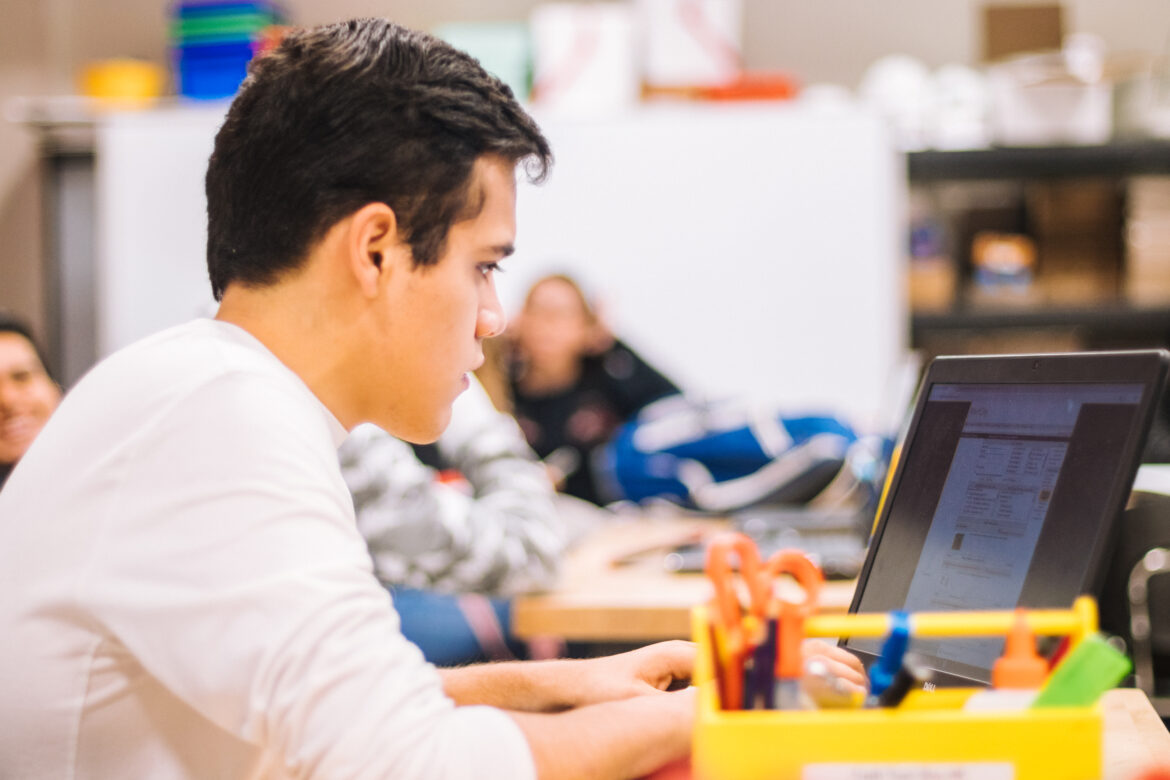Times have drastically changed the way every sector of society operates, but the effects are being felt especially strongly in education. Indeed, millions of Americans didn’t go back to the classroom this spring for fear of catching the virus. Instead, remote learning continued to be the new norm.
However, not every student can afford to continue their education this way. Here’s what you need to know about the digital divide in the education industry.
Defining the Divide
The digital divide refers to the gap between those who have access to the internet and other electronic devices and those who don’t. CNN reports that as many as 16 million students in the country “lack internet access or laptops for online learning.” As such, some kids are given two options: attend public school physically and risk their health or stop school for a year. Both choices aren’t ideal, but they’re the only ones available because of the digital divide. Plenty of factors fuel this technological gap such as poor (internet) infrastructure, price inflation, and more.
In fact, even before 2020, the digital divide has been a huge problem in education. For example, the Digital Divide Council highlights that as our era becomes more integrated with technology, those who have tech training have an unfair advantage in the workspace. Plus, the range of information students without the internet can access is limited. This can make coursework a lot harder and can even impede their research altogether.
https://images.unsplash.com/photo-1541178735493-479c1a27ed24
Bridging the Gap
What’s being done to bridge the gap?
Plenty of schools and educational institutions are making an effort to ensure that students can access the proper resources. After all, distance learning has persisted even before the pandemic, and will continue to do so in the future.
Starting at the Top
Many trends across education begin in higher ed. As early as 2018, The Hechinger Report states that roughly 20% of public universities (160) are fully online. That number goes up if we add the private schools and colleges that offer mixed classes, like the University of Florida and Trine University.
This is a trend being seen across the country with Maryville University offering over 30 online bachelor’s degrees, leading them to be more proactive in their efforts to provide digital access to students. This resulted in the university being named an Apple Distinguished School for 2018–2021 for leadership and excellence in providing students with a high-tech, mobile learning environment. Last year, the university started a project called TechBar where they collect old hardware from companies and donate those to non-profit organizations in the industry.
Duke University gives out free iPads and other gadgets to help students carry out all the recommended coursework. Since their courses are focused on technology and medical science, the administration makes sure that everyone receives equal access to the material.
Even the government and other organizations are doing their best to bridge the gap. T-Mobile, for instance, promised to provide 600,000 students in Florida with an internet connection. New York City council members Ben Kallos and Farah Louis introduced a bill that would provide every public school student in the city with a free laptop and tablet. It’ll come with free ebooks and network access.
Advocating for Improvements
Much attention is now being given to bridging the digital divide at the PreK-12 level.
Here are a few posts touching on this topic that may enrich your understanding of this issue:
- The Digital Literacy Divide
- Ed Tech News Roundup: Starting the School Year, Startup Companies, and More
- TCEA Responds: Starting a Virtual Book Club
- Digital Learning Trends
At TCEA, our members work to encourage decision-makers, especially the Texas Legislature, to bridge the gap in broadband access. You can keep up with these issues with the help of our two-part legislative priorities guide, and learn more about TCEA advocacy efforts here. Finally, learn how to keep up with the Texas Legislature in this post.
Moving Ahead
The digital divide is an ongoing problem, and this pandemic has only highlighted its consequences. Fortunately, it has also moved entities into action. Hopefully, this trend will continue until the gap is completely gone.
If you’re interested in accessible technology in the classroom, read our post on “Integrating Smartphones Into Lesson Plans.”
Image credit: Unsplash https://images.unsplash.com/photo-1596495578174-17a3987571e4

